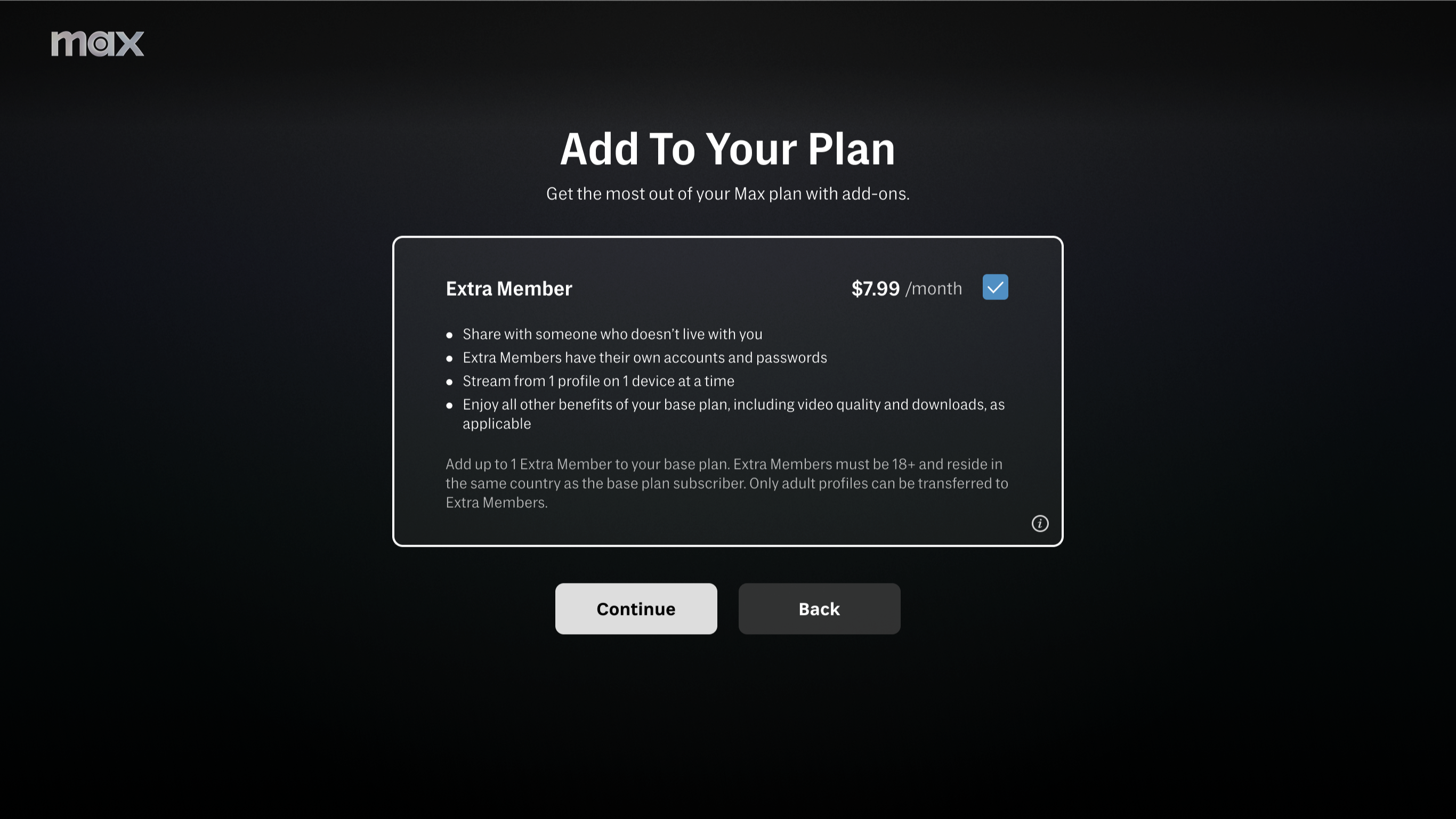FCC Opens Entire 6-GHz Band to Very-Low-Power Device Operations
The move, which the agency says will spur innovation, had been opposed by the NAB for its potential impact on newsgathering

WASHINGTON—The Federal Communications Commission has unanimously adopted new rules to expand very-low-power device operations across all 1,200 megahertz of the 6-GHz band alongside other unlicensed and Wi-Fi-enabled devices.
Despite opposition from the National Association of Broadcasters and other parties who have argued that opening up the spectrum would create problems for fixed microwave links, satellite uplinks and broadcast auxiliary services that use this spectrum, the FCC has in recent years been opening up parts of the 6-GHz band.
Prior to the Dec. 11 vote to open up all 1,200 megahertz for very-low-power devices, the FCC expanded unlicensed use between 5.925 and 7.125 GHz, helping to usher in Wi-Fi 6E, set the stage for Wi-Fi 7 and support the growth of the Internet of Things.
Last October, FCC chair Jessica Rosenworcel called for further expansion, which the NAB opposed. “As broadcasters’ extraordinary efforts to help the many communities impacted by Hurricane Helene demonstrate, it is critical for the commission to ensure that broadcasters have access to spectrum that will allow them to provide these essential services in times of crisis and without interference,” the NAB said in October.
In a Nov. 14 letter to the FCC, the NAB said it “has no objection to sharing spectrum used by broadcasters for critical electronic newsgathering with unlicensed operations if it can be shown that such operations will not cause harmful interference. But the record in this proceeding does not support that conclusion. We again urge the commission to avoid the risk to licensed uses of spectrum by accepting a measured compromise approach by reserving just 55 MHz of the 6-GHz band for licensed mobile use until real-world data are available to justify the removal of this reservation.”
In adopting the new rules, the FCC noted that they will bolster cutting-edge applications like wearable technologies and augmented and virtual reality, which will enhance learning opportunities, improve healthcare outcomes and bring new entertainment experiences.
The Report and Order permits the very-low-power (VLP) class of unlicensed devices to operate across 350 MHz of spectrum in the U-NII-6 (6.425-6.525 GHz) and U-NII-8 (6.875-7.125 GHz) portions of the 6 GHz band at the same power levels and technical/operational protections as recently approved for the U-NII-5 (5.925-6.425 GHz) and U-NII-7 (6.525-6.875 GHz) bands while protecting incumbent licensed services that also operate in the band.
Get the TV Tech Newsletter
The professional video industry's #1 source for news, trends and product and tech information. Sign up below.
These VLP devices will have no restriction on locations where they may operate and would not be required to operate under the control of an automatic frequency coordination system, the FCC said.
To ensure the risk of interference remains insignificant, the FCC said that the devices would be required to employ a contention-based protocol and implement transmit power control while prohibited from operating as part of a fixed outdoor infrastructure.
The FCC also argued that its new rules “will spur innovation by providing more capacity for emerging technologies and applications, such as augmented reality and virtual reality, in-car connectivity, wearable on-body devices, healthcare monitoring, short-range mobile hotspots, high accuracy location and navigation, automation and more.”
In a statement, Rosenworcel stressed the FCC’s efforts to provide unlicensed spectrum for applications like Wi-Fi has already produced enormous economic benefits. “ Wi-Fi alone will foster $769 billion in economic growth in 2024,” she said. “That number is projected to rise 21 percent in 2025 and as high as 67 percent by 2027 when the latest version of Wi-Fi will be in available in millions of devices.”
“Today we take the effort to support unlicensed activity in the 6 GHz band even further,” she continued. “We are opening up 350 megahertz of the 6 GHz band to small mobile devices operating at very low power. When you combine that with the 850 megahertz of the 6-GHz band that we made available for low-power use just a year ago, we are expanding access to 1,200 megahertz to help jumpstart the next generation of unlicensed wireless devices.”
“This 1,200 megahertz means unlicensed bandwidth with a mix of high capacity and low latency that is absolutely prime for immersive, real-time applications,” she added. “These are the airwaves where we can develop wearable technologies and expand access to augmented and virtual reality that will provide new opportunities in education, health care and entertainment. This is the unlicensed spectrum where the future happens—and with the 6-GHz band, the United States is leading the way.”
The Third Report and Order (FCC 24-125) was approved in an 5-0 Dec. 11 vote with chair Rosenworcel and commissioners Brendan Carr, Geoffrey Starks, Nathan Simington and Anna Gomez all approving. The order is available here.
George Winslow is the senior content producer for TV Tech. He has written about the television, media and technology industries for nearly 30 years for such publications as Broadcasting & Cable, Multichannel News and TV Tech. Over the years, he has edited a number of magazines, including Multichannel News International and World Screen, and moderated panels at such major industry events as NAB and MIP TV. He has published two books and dozens of encyclopedia articles on such subjects as the media, New York City history and economics.

